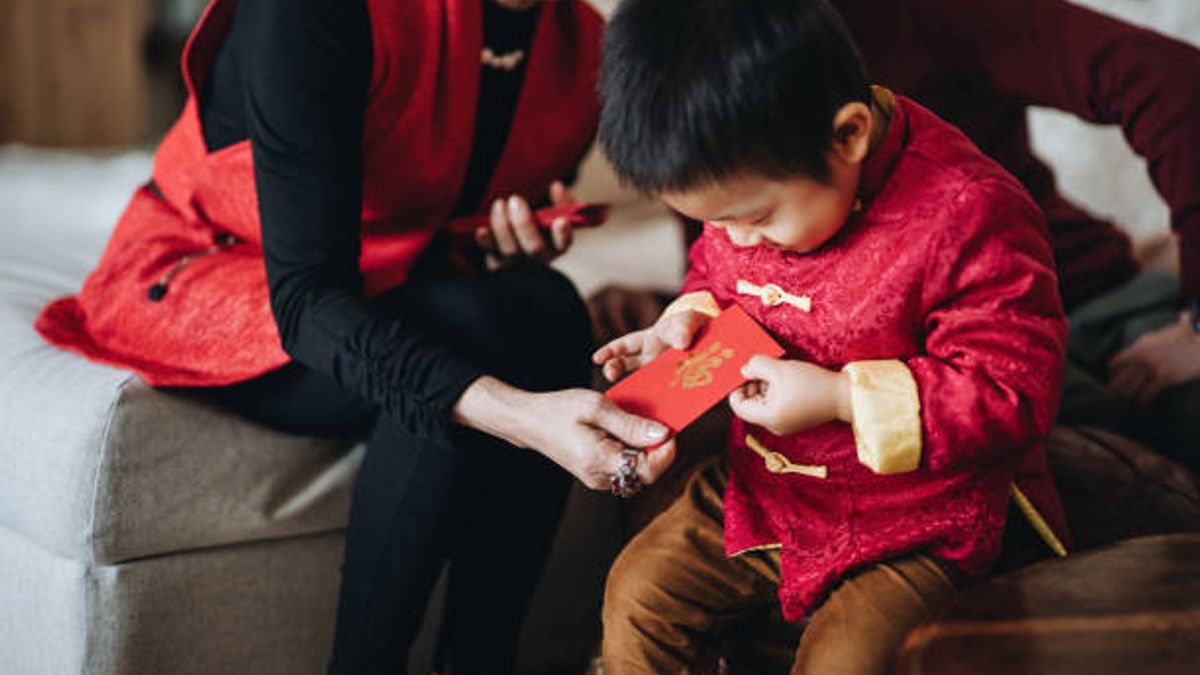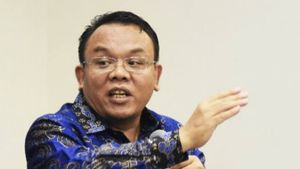JAKARTA - Chinese New Year is the most important celebration every year for the Chinese community spread across various countries, especially in East and Southeast Asia. Chinese New Year celebrations are usually full of acculturation between Chinese culture and local culture, although in general they have similarities in certain matters such as dinner and New Year's or angpao money.
Here are some Chinese New Year traditions that are celebrated in several countries in Asia other than Indonesia, summarized from ANTARA.
Chinese New Year is thought to have originated in the Shang Dynasty in the 14th century BC. In 1949 under the government of Mao Zedong, China had stopped celebrating Chinese New Year and only followed the Gregorian calendar. But around the end of the 20th century, Chinese leaders reopened the tradition. In 1996, China inaugurated a holiday period known as the Spring Festival.
This week's holiday period gives people the opportunity to return to their hometowns and celebrate the new year. In China, the typical Chinese New Year food served includes glutinous rice ball soup, moon-shaped rice cake (New Year's cake), and Mandarin (Jiozi).
In Korea, Chinese New Year celebrations are commonly referred to as Seollal and usually have a 3-day holiday. This New Year's commemoration was stopped in 1910-1945 when the Japanese Empire took control of Korea. Seollal's celebration was officially revived in 1989.
North Korea itself began celebrating the Chinese New Year according to the lunar calendar in 2003. During the celebration, North Koreans visited the statue of founder Kim Il Sung and his son Kim Jong Il by offering flowers.
Both in North and South Korea, foods such as rice cake soup slices (teokguk) and dishes made of five different grains are prepared to mark the Chinese New Year. In Korea, the elders gave angpo or New Year's money in a white and patterned envelope.
In Vietnam, Chinese New Year is called Tet or Tet Nguyen Dan. During Chinese New Year celebrations, houses in Vietnam are decorated with kumquat trees and various types of flowers such asese flowers, crisis, orchids, and red rehearsals.
Just like traditions in other countries, usually the Chinese ethnic family in Vietnam gathers and holds meals together. The dishes served include b layoh chng, rice cakes made with green beans, pork, and other ingredients wrapped in bamboo leaves.
Snacks called mt are usually offered to guests. These sweet snacks are made of dried fruit or roast seeds mixed with sugar.
In Singapore, dinner with family during Chinese New Year is called the master'nianfan or host. The dishes include dry sea moss (facai), red dates, dried beans (fuzhu), dry black fungus (mu'er), gingko beans (baiguo), transparent rice bids (dongfen), dry fungus picked in winter (xianggu or donggu), to rolling dry vegetables (jinzhen).
The first day of Chinese New Year is known as the yuan. Just like the traditions in other countries, during Chinese New Year, children usually respect their parents and receive New Year's money or angpau (hongbao). Singapore also has a festival called Singapore River Hong Bao in Chinese New Year celebrations since 1987. This festival features various Chinese cultures, ranging from giant lenses to special foods.
During Chinese New Year, Filipinos usually visit Binondo, one of the oldest ringer areas in the world. On the streets of Binondo is filled with a group performing lion and dragon dances, as well as decorations of lanterns and all-red decorations.
During Chinese New Year, tikoy food or glutinous rice cake is a staple food that floods the market. Chinese families gather for dinner by presenting tikoy which symbolizes unity among family members, noodles that symbolize longevity, as well as fish and▁pertemuan which are believed to bring good luck. The elders also distributed angpao to the children. Angpao is believed to bring good luck and long life to the giver and recipient.
The English, Chinese, Japanese, Arabic, and French versions are automatically generated by the AI. So there may still be inaccuracies in translating, please always see Indonesian as our main language. (system supported by DigitalSiber.id)








